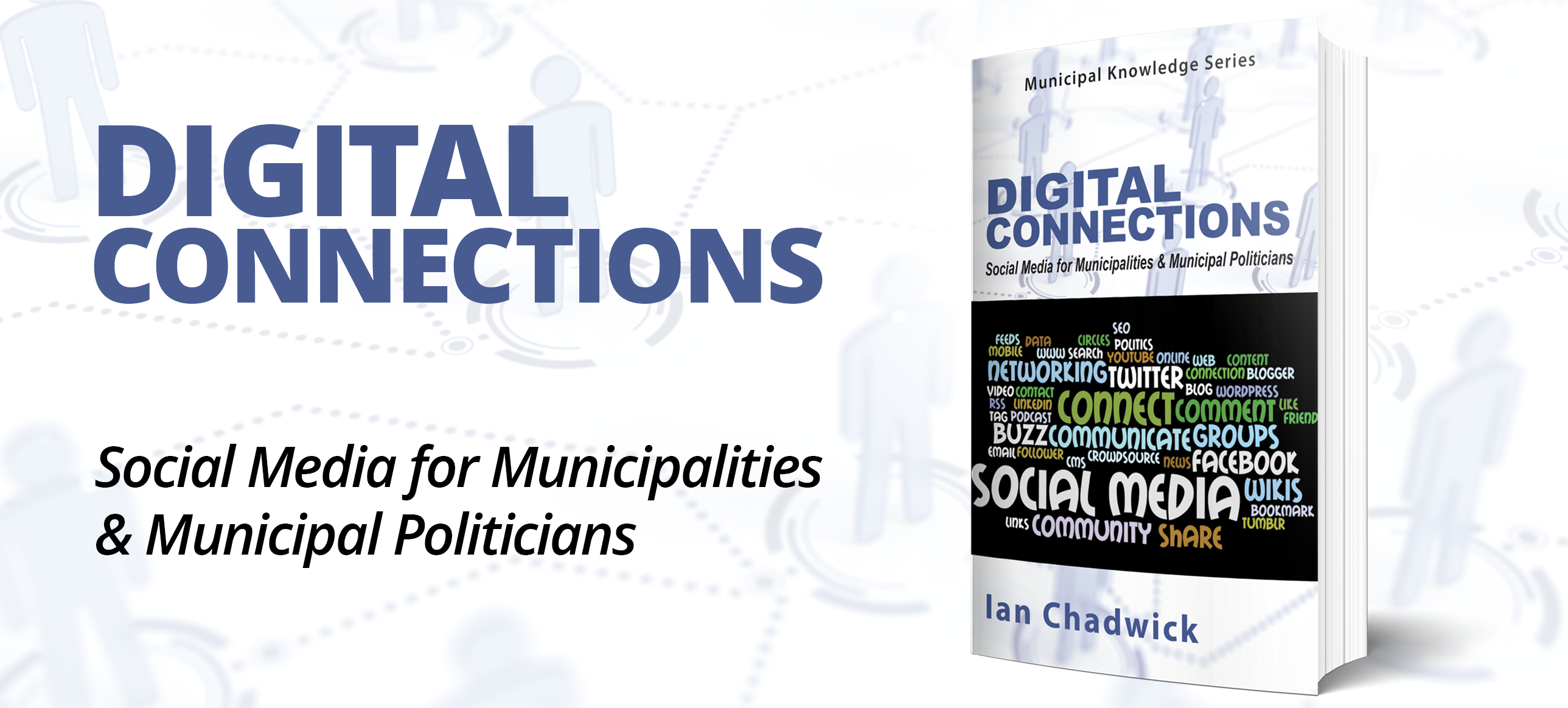Restoring energy to exhausted, depleted employees?

Manage energy, not engagement
Are your traditional employee engagement efforts delivering the results you need?
That is, are your municipality’s engagement surveys, town hall meetings, newsletters, and departmental action plans creating energized, high-performing, and productive employees?
If the answer is “no,” you’re not alone.
Time and again, despite leaders’ good intentions, they continue to buy into a traditional management approach that isn’t working.
In fact, it seems that the more leaders try to manage engagement, the more disengaged their employees actually become.
So, what is causing this engagement paradox?
Put simply, it is leaders’ inability to recognize that is it energy – not effort – that powers up performance.
Overlooking Brain Science
Typical employee engagement initiatives like the ones mentioned above focus on unlocking discretionary effort: they aim to get employees to try harder and do more.
But, many employees are already doing that: they come in early, stay later, and try harder in between. And, they are exhausted.
In other words, it is possible to have employees who are technically engaged but not energized – dedicated but depleted, committed but constricted.
The human brain plays a critical role in people’s energy levels. And yet, traditional engagement strategies generally overlook this fact, preferring instead to focus on how to get more from already-exhausted employees.
Executive Function Shut Down
On a more granular level, here is how the brain affects employee energy and performance.
When people feel low on energy, their capacity for complex thinking shuts down. More specifically, they lose the ability to:
- predict outcomes;
- regulate their emotions;
- connect the dots; and
- make smart decisions.
The impact of “executive function shut down,” experienced by even a handful of people, can be felt throughout entire organizations.
For example, when unenergetic employees are forced to resort to base-level thinking, they lose the ability to identify root causes and address systemic issues. As a result, they turn to band-aid solutions, duct-tape fixes, and quick workarounds. This hardwires depletion into the ecosystem of an organization, creating a culture where employees and leaders are regularly in reactive mode, and having to put out “fires.”
Innovation and Customer Service at Risk
In a sector like municipal government, innovation is critical to providing quality service – particularly as populations increase, citizen expectations grow, and technology evolves.
The ability to be more innovative and creative, move beyond conventional approaches, and modernize systems is dependent on employees and leaders: people on the inside of municipal governments. However, it is virtually impossible to expect employees to frequently identify opportunities for change if they are unable to access the “power tools” of their brain – housed in the executive function.
Moreover, devoid of energy, employees can only provide service to citizens in a way that is impersonal, mechanical, and transactional. Delivery of a citizen/customer experience that is human, intuitive, and personal happens in one way and one way only: through an energized employee. That’s because energy unlocks enthusiasm and authentic human warmth – the ingredients of remarkable customer service.
In other words, municipalities are virtually unable to evolve and continue meeting citizens’ needs unless they have a strong, sustainable source of employee energy.
Energize Employees through Conversation
Science shows one way leaders can effectively generate and maintain employee energy is through conversation.
Conversation releases three high-performance, feel-good hormones (dopamine, oxytocin, and serotonin) through the brain. This creates an energy “cocktail” of connection, calm, concentration, creativity, and curiosity – boosting the brain’s processing power.
To make this work, however, leaders must ensure each conversation meets the following three criteria.
Conversation must be face to face – It may not always be possible, but face-to-face conversation is best for energizing others. Science shows that the limbic system of the brain – also known as the emotional centre – is an open-loop system. What does this mean? Put face to face, leaders’ and employees’ emotions can be “contagious.” Essentially, each person can regulate the other’s emotions (and, subsequently, energy levels).
Conversation must be meaningful – Leaders must ensure they demonstrate value, respect, and care within the conversation. They can do this by paying close attention while in conversation, not being easily distracted, acknowledging what the other person is saying, and showing genuine interest in the person and subject matter.
Conversation must be frequent – Generally speaking, conversation is not a typical go-to engagement technique. Rather, engagement concerns are often talked about only at survey time, and left unaddressed throughout the remainder of the year. As a result, those concerns eventually turn into “crucial” or “difficult” conversations that take up multiples of energy, time, and mind-space from many in the organization. The point of frequent conversation is that it can help catch issues before they become calamity-based.
While this task may sound like a huge undertaking – particularly the “frequency” aspect – meaningful, face-to-face conversation does not have to take up a lot of time. In fact, science shows that even two minutes can elevate people’s energy, giving them that quick boost they need in the moment.
Unlock what Matters Most to Employees
Meaningful conversation is an effective way to identify and understand what matters most to employees. Science shows that employees are driven by the following five needs (with each need varying in importance depending on the individual).
Belonging – This means having a sense of teamwork, inclusion, connection, and acceptance.
Security – This means feeling clear about their job, the rules, and their ability to predict things.
Freedom – This means having autonomy, flexibility, and decision-making latitude.
Significance – This means feeling valued and respected.
Meaning – This means knowing they are making a contribution, and understanding the “why” of their role.
The challenge is how leaders can engage in conversation to pull out this critical information.
Short, simple “energy check” conversations are a proven and efficient way to identify what needs matter most to employees, as well as to unlock insight and possibility in their minds.
There are two ways leaders can have these types of conversations: with individual employees and with teams/departments.
Individual energy check – Energy check conversations can be as simple as asking individual employees what is energizing them at the moment, and what is depleting their energy.
During the face-to-face conversation, watch for two opportunities: to listen for what matters most to that person, and to acknowledge those needs.
For example, if your employee feels unchallenged, you could say, “It sounds to me like what matters most to you in this situation is the chance for more opportunity or responsibility. Is that it?” This creates a feedback-rich state.
Team/departmental energy check – To guide an energy-boosting conversation, meet with your team, write the five above needs on a flipchart, and ask which one or two needs matter most in their work life. Then, share with your team the driving needs that energize you in your work experience – and how the absence of those needs drains or depletes you as a leader.
As the discussion evolves, find ways to co-create solutions with employees that give them a bit more of what energizes them, and a bit less of what depletes them.
It may sound overly simplistic, but I have personally witnessed leaders in some of the world’s best organizations reinvigorate entire work forces by combining their understanding of brain science with energy conversations.
Manage Energy, Not Engagement
Employee engagement is not dead – far from it. Indeed, engagement is still critical to building workplaces where people are dedicated and committed to their organization, and willing to give discretionary effort.
However, employees can’t do their best work, be innovative, or give excellent service unless they are also full of passion, resilience, verve, and excitement. And, these things are by-products of energy.
To create a truly-engaged organizational culture that is innovative and citizen-centric, municipal governments need to focus on both engagement and energy – essentially, moving “beyond” engagement as we know it today. MW
BRADY WILSON has a vision: organizations that pulsate with innovative energy. As the Founder of Juice Inc., Brady functions as a human energy architect, working with leaders to build the conditions in which innovation, value creation, and unforgettable customer experiences can flourish. He helps leaders step into life’s grittiest tensions, inspiring them to create a sustained approach to positive change – and better business results.
as published in Municipal World, March 2017



